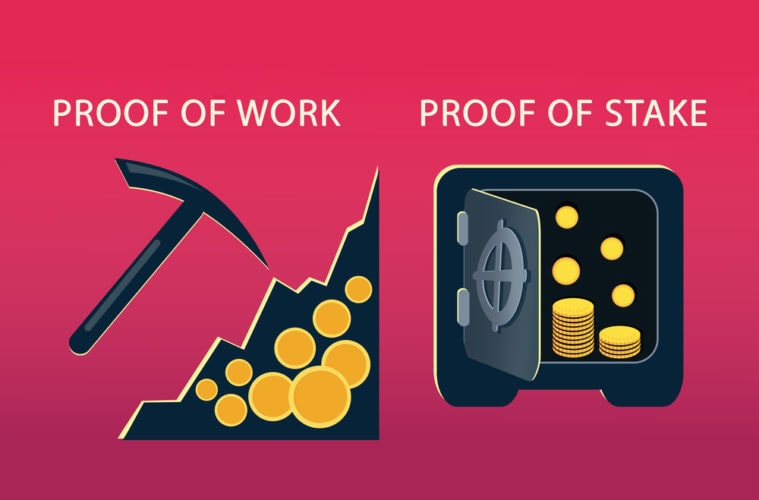Stalking is a way to earn cryptocurrencies by putting it to some use, instead of holding simply in the crypto wallets. Staking is the process of participating in transaction validation on a blockchain. On these blockchains, anyone with a minimum-required balance of a specific cryptocurrency can validate transactions and earn Staking rewards.
Types of Transaction Validation/Consensus Mechanism:
Transaction in a blockchain can be validated in two ways.
- Proof of Work (PoW)
- Proof of Stake (PoS)
We will see about Proof of Work (PoW) in a shorter time. Stalking is all about validating transaction using the method ‘Proof of Stake (PoS)’. In PoS, any anyone with a minimum required balance of a specific cryptocurrency can validate transactions and earn Staking rewards.
Consensus Mechanism:
All the transactions are verified without a bank or payment processor in the middle. Your crypto, if you choose to stake it, becomes part of that process.
Why do only some cryptocurrencies have staking?
To understand this we have to understand what Proof of Work (PoW) is.
Proof of Work (PoW):
Many cryptocurrencies — including Bitcoin and Ethereum 1.0 use a consensus mechanism called Proof of Work. The network throws a huge amount of processing power at solving problems like validating transactions between strangers on opposite sides of the planet and making sure nobody is trying to spend the same money twice. Part of the process involves “miners” all over the world competing to be the first to solve a cryptographic puzzle. The winner earns the right to add the latest “block” of verified transactions onto the blockchain — and receives some crypto in return.
Why Proof of Stake (PoS) instead of Proof of Work (PoW):
- Complex Transaction:
- For a relatively simple blockchain like Bitcoin’s (which functions a lot like a bank’s ledger, tracking incoming and outgoing transactions) Proof of Work is a scalable solution. But for something more complex like Ethereum — which has a huge variety of applications including the whole world of Defi running on top of the blockchain — Proof of Work can cause bottlenecks when there’s too much activity. As a result transaction times can be longer and fees can be higher.
- Energy Intensive:
- Proof of Stake reduces costs is by not requiring all those miners to churn through math problems, which is an energy-intensive process. Instead, transactions are validated by people who are literally invested in the blockchain via staking.
